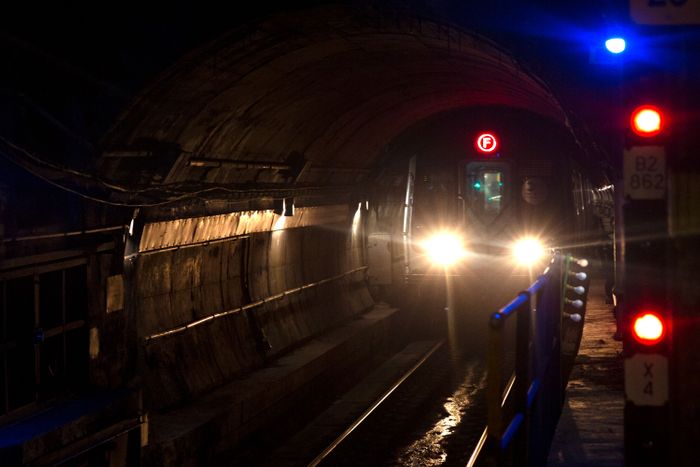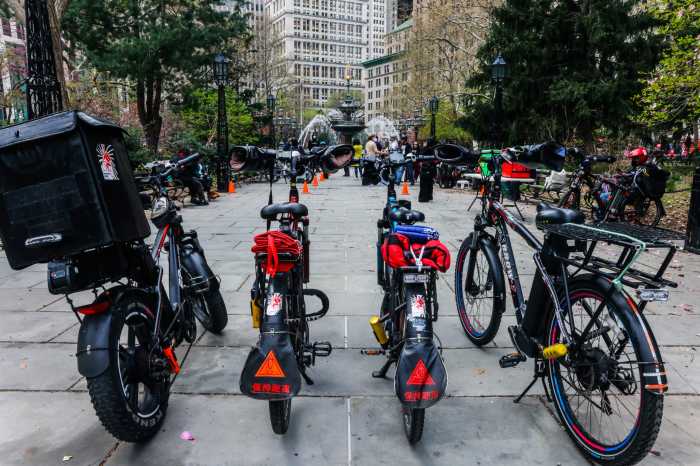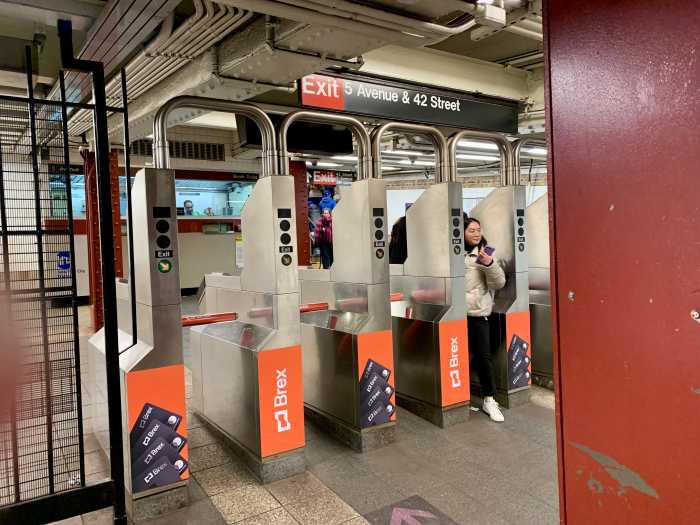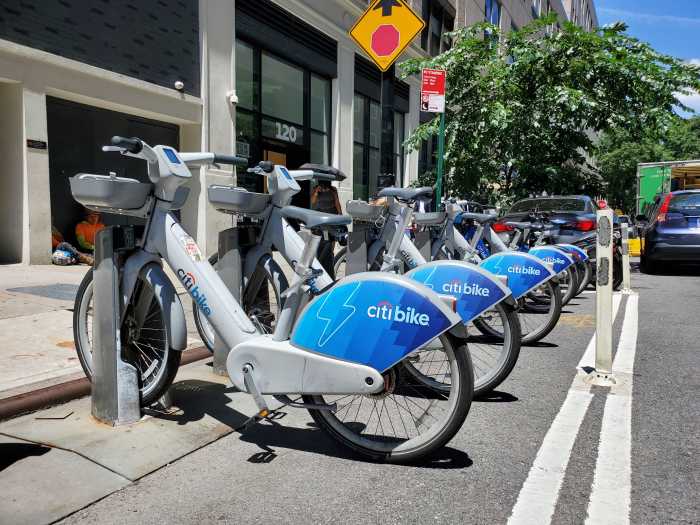By Jose Martinez, THE CITY

This story was originally published on Feb. 25, 2020 by THE CITY.
The tunnel that carries F train riders between Manhattan and Brooklyn will undergo up to $100 million worth of nights-and-weekends repairs next year — nearly a decade after being swamped by Superstorm Sandy, THE CITY has learned.
The Rutgers Tube, which took on 1.5 million gallons of saltwater during the October 2012 storm, will become the last of the MTA’s nine Sandy-damaged subway tunnels to be renovated.
“The F can run over other lines, so customers will only be impacted at two stations on nights and weekends,” Tim Mulligan, deputy chief development officer of MTA Construction & Development, told THE CITY.
F train riders at the stops on either end of the mile-long tunnel will have to contend with detours or shift to other lines when the East Broadway and York Street stations close for night-and-weekend work.
“Late night, when some people are coming home around here, it’s going to be an inconvenience,” said Laura Blackwell, who was catching an F train at East Broadway Tuesday. “It’s not going to be good.”
Over a Year of Work
The tube’s tracks, pump room, fan plant, signal cables and communications and power systems will be rebuilt as part of a federally funded project. According to a request for proposals from the MTA’s Construction & Development agency, it’s a job that could cost $50 million to $100 million, and last more than 14 months.
Sandy wreaked massive damage on the subway system, spurring tunnel repairs on multiple lines spaced out over several years. The Rutgers Tube, which was closed for seven days after the storm, was selected as the last tunnel to undergo repairs because the scope of damage was not as vast as some of the other tunnels.

The Montague Tube closed in 2013 for round-the-clock repairs that lasted 13 months, splitting R line service between the line’s Brooklyn and Queens terminals. The G line’s Greenpoint Tube, which runs beneath Newtown Creek, also shuttered full-time for five weeks of repairs in 2014.
Work on most of the other storm-damaged tunnels has been done on weekends. But the MTA’s plan to close the L’s Canarsie Tube for 15 months of repairs unraveled when Gov. Andrew Cuomo last year pushed for the project to instead be carried out on nights and weekends, with riders enduring longer waits between trains.
Transit officials said lessons learned during the work in the L’s East River tunnel, including the use of a cable-racking system, will serve them well during repairs to the Rutgers Tube.
As with the L’s East River tunnel, whose reconstruction is set to be completed in April, the F’s overhauled underwater tube will emerge with cellular and Wi-Fi access.
‘People Will Understand’
“This project has benefitted from the new way we’re doing business at Construction & Development,” Mulligan said. “By looking closely at the context of all work that needs to get done, we were able to move on a more aggressive schedule.”
Bids are due by April 9. Once the contract is awarded later this year, preliminary work is expected to be scattered across some weekends, transit officials said.
F trains are expected to be rerouted over a portion of the A line between downtown Brooklyn and Manhattan.
“There was a lot of damage and people in this neighborhood remember what it was like to be without the subway right after Sandy,” said Billy Wang, 43, who was taking an F train at East Broadway on Tuesday. “People will understand if they’re told the tunnel has to be fixed because of Sandy damage.”
This story was originally published by THE CITY, an independent, nonprofit news organization dedicated to hard-hitting reporting that serves the people of New York.




























